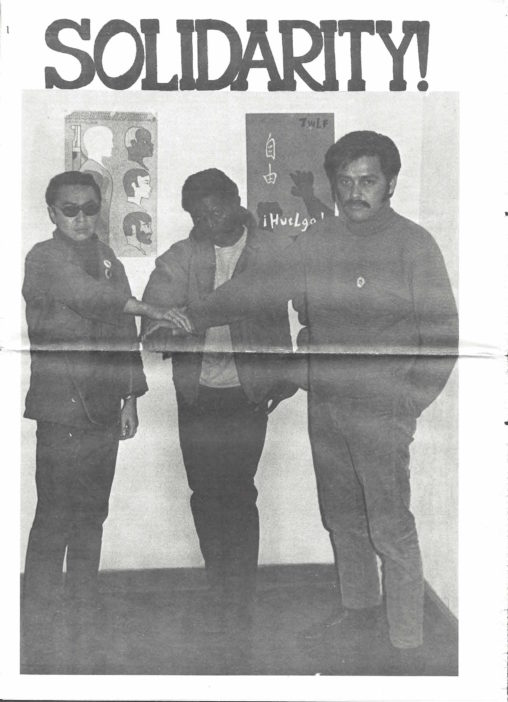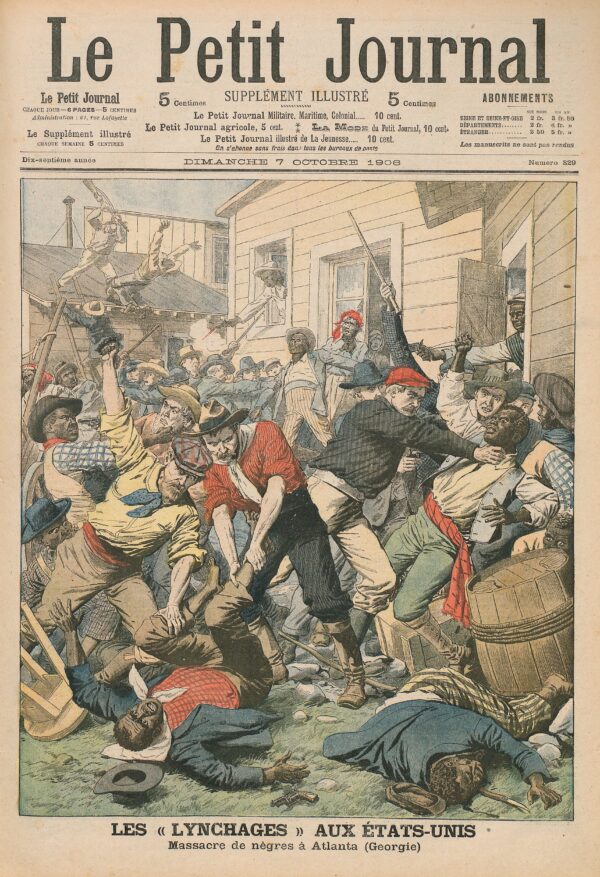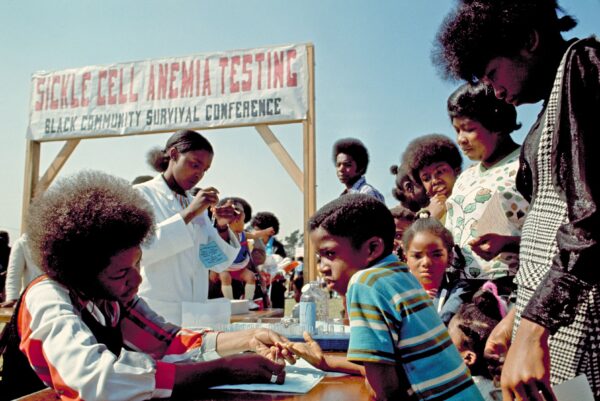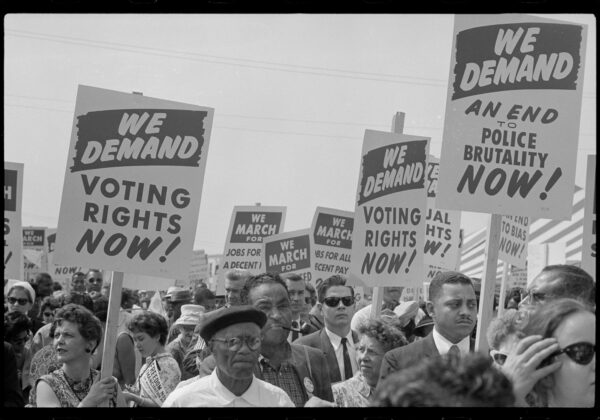SS8H6 Analyze the impact of Reconstruction on Georgia.
SS8H7 Evaluate key political, social, and economic changes that occurred in Georgia during the New South Era.
- Identify the ways individuals, groups, and events attempted to shape the New South; include the Bourbon Triumvirate, Henry Grady, International Cotton Expositions, and Tom Watson and the Populists.
- Analyze how rights were denied to African Americans or Blacks through Jim Crow laws, Plessy v. Ferguson, disenfranchisement, and racial violence, including the 1906 Atlanta Race Massacre.
ELAGSE8RL1 Cite the textual evidence that most strongly supports an analysis of what the text says explicitly as well as inferences drawn from the text.
ELAGSE8RL4 Determine the meaning of words and phrases as they are used in a text, including figurative and connotative meanings; analyze the impact of specific word choices on meaning and tone, including analogies or allusions to other texts.
ELAGSE8RI1 Cite the textual evidence that most strongly supports an analysis of what the text says explicitly as well as inferences drawn from the text.
ELAGSE8RI8 Delineate and evaluate the argument and specific claims in a text, assessing whether the reasoning is sound and the evidence is relevant and sufficient; recognize when irrelevant evidence is introduced.
ELAGSE8W7 Conduct short research projects to answer a question (including a self-generated question), drawing on several sources and generating additional related, focused questions that allow for multiple avenues of exploration.
ELAGSE8SL4 Present claims and findings, emphasizing salient points in a focused, coherent manner with relevant evidence, sound valid reasoning, and well-chosen details; use appropriate eye contact, adequate volume, and clear pronunciation.
ELAGSE8L5 Demonstrate understanding of figurative language, word relationships, and nuances in word meanings.
LRHSS Determine the central ideas or information of a primary or secondary source; provide an accurate summary of the source distinct from prior knowledge or opinions.
LRHSS3 Identify key steps in a text’s description of a process related to history/social studies (e.g., how a bill becomes law, how interest rates are raised or lowered).
LRHSS4 Determine the meaning of words and phrases as they are used in a text, including vocabulary specific to domains related to history/social studies



